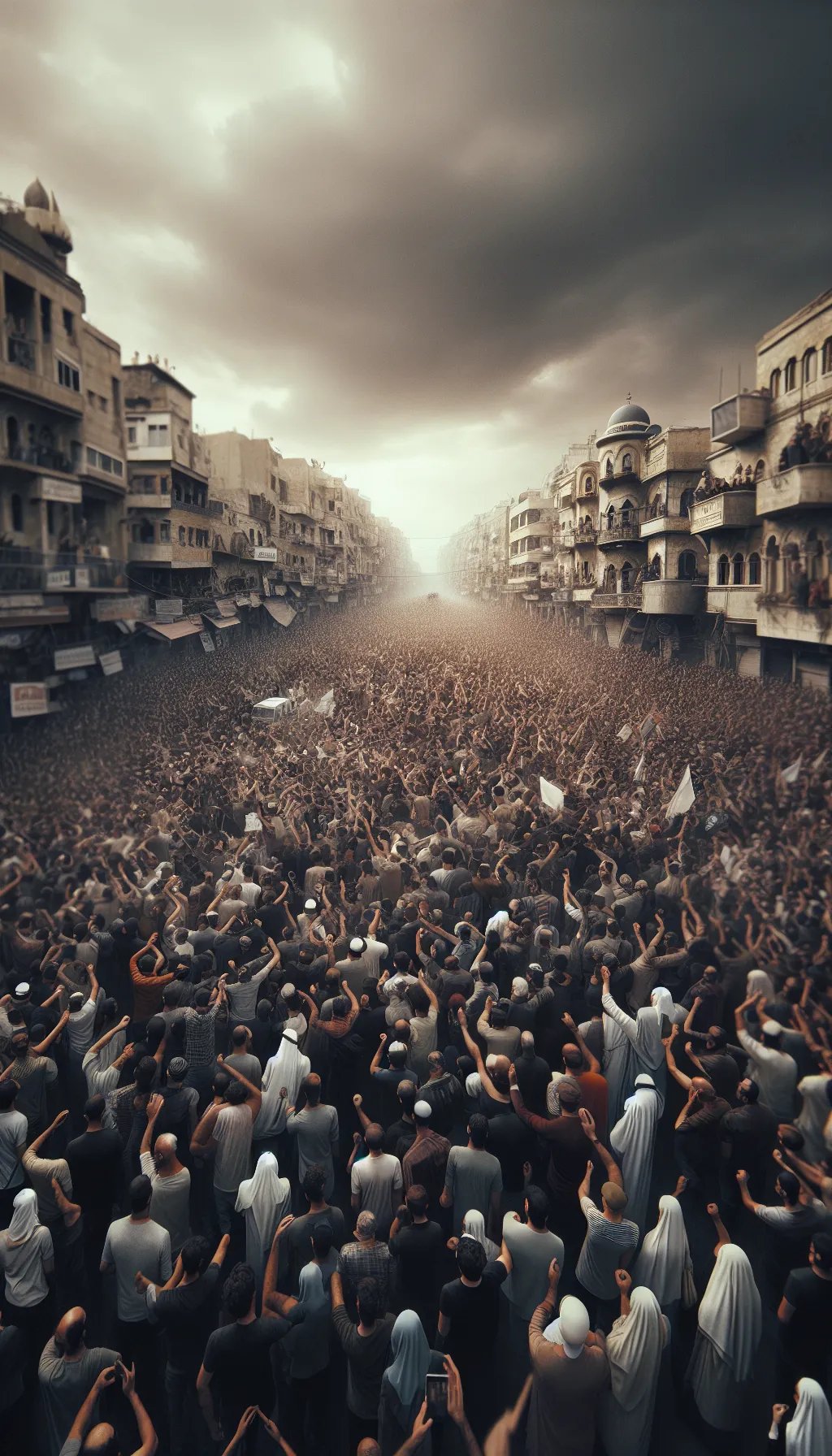Iran – The End of an Era: The Death of Ayatollah Khomeini – June 3, 1989
TLDR;
- Event: Ayatollah Ruhollah Khomeini, the leader of the Islamic Republic of Iran, died on June 3, 1989, leading to massive mourning in Tehran.
- Impact: Khomeini’s death marked the end of an era, leaving a significant void in Iran’s political and religious landscape.
- Succession: Ali Khamenei was chosen as the new Supreme Leader on June 4, 1989, despite not being a senior cleric, signaling a potential shift in Iran’s leadership dynamics.
- Legacy: Khomeini’s death challenged the Islamic Republic to maintain its revolutionary ideals while adapting to new global and internal pressures.
–
Story
The air in Tehran was thick with anticipation and uncertainty on June 3, 1989. Streets that had once echoed with the fervent chants of revolution were now filled with millions of mourners, their grief palpable in the chaotic and emotionally charged funeral processions. The news had spread like wildfire: Ayatollah Ruhollah Khomeini, the architect of the Islamic Republic of Iran, had passed away.

Khomeini was more than a leader; he was a symbol of defiance against Western influence and a beacon for the Islamic revolution that had swept through Iran a decade earlier. His vision had reshaped the nation, turning it into a theocratic state that stood in stark contrast to its past. For many, he was a hero; for others, a figure of controversy.
As the nation mourned, the question loomed large: Who could possibly fill the void left by such a towering figure? The answer came after a day of deliberation. Ali Khamenei, a close ally and recent president, but not a senior cleric, was selected as the new Supreme Leader by the Assembly of Experts on June 4, 1989. His succession marked a turning point, as Iran grappled with maintaining the revolutionary zeal of Khomeini’s era while navigating the complexities of a changing world.
Khomeini’s death was not just the end of a life but the closing of a chapter in Iran’s tumultuous history. It set the stage for a new era, one that would test the resilience of the Islamic Republic and its people.
–
| Would a different successor have changed the course of Iran’s future? |